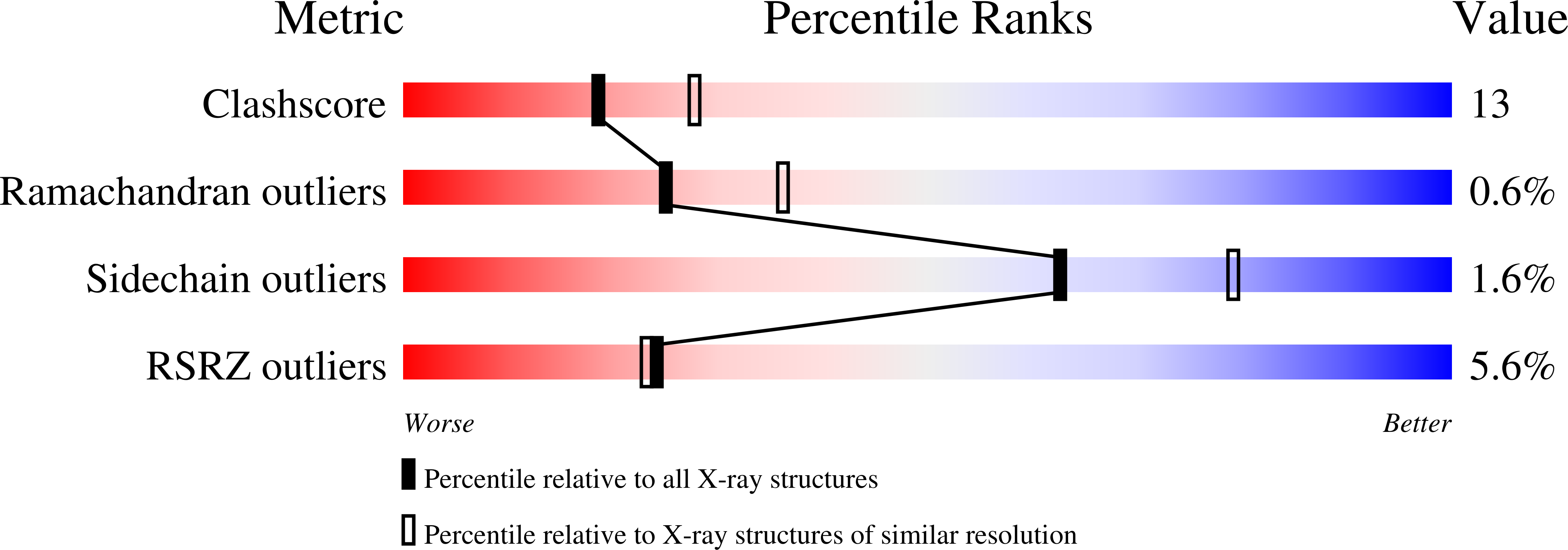
Deposition Date
2001-12-05
Release Date
2002-03-13
Last Version Date
2024-11-06
Entry Detail
PDB ID:
1ISH
Keywords:
Title:
Crystal Structure Analysis of BST-1/CD157 complexed with ethenoNADP
Biological Source:
Source Organism:
Homo sapiens (Taxon ID: 9606)
Host Organism:
Method Details:
Experimental Method:
Resolution:
2.40 Å
R-Value Free:
0.25
R-Value Work:
0.21
Space Group:
P 21 21 21


